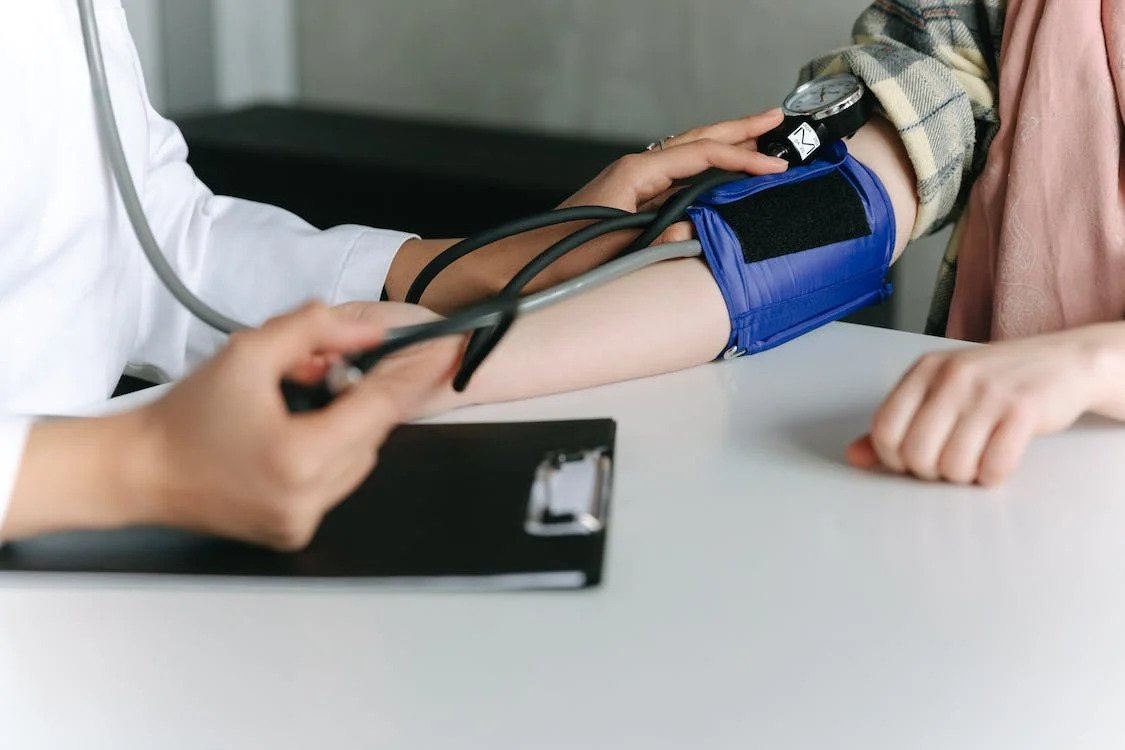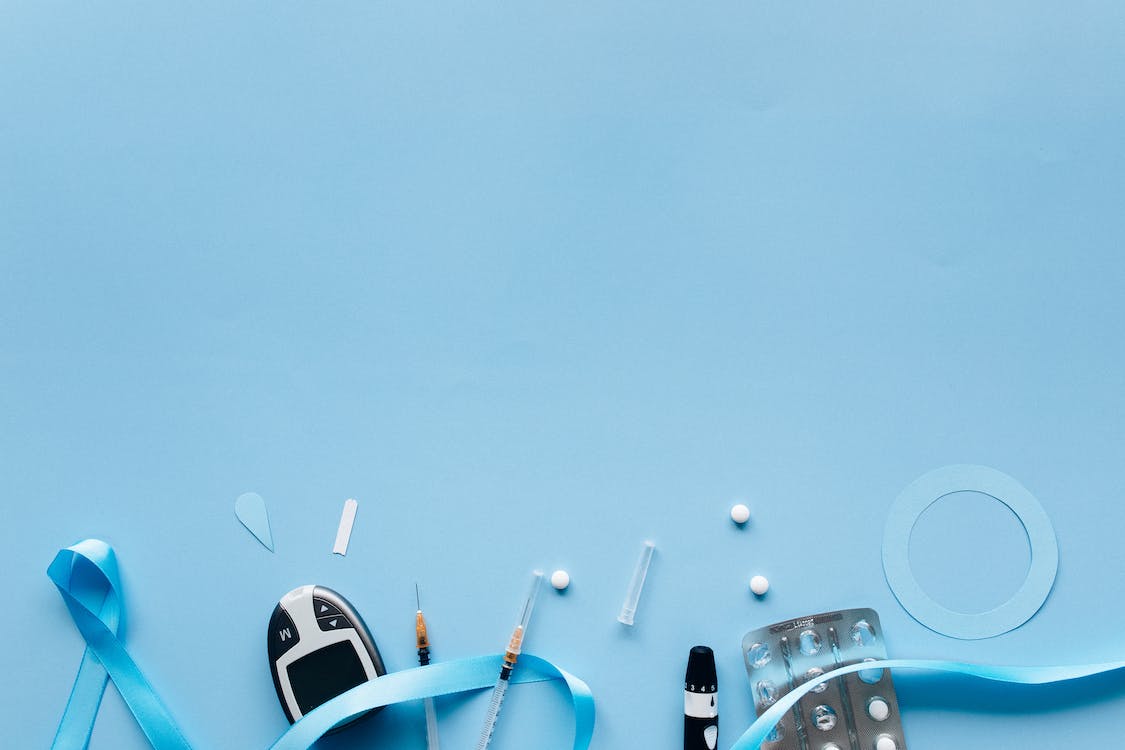Type 2 diabetes is among the most common metabolic diseases affecting people today. It is diagnosed using the glycated hemoglobin (A1C) test, which shows the average amount of blood sugar for the past three months. If the A1C test is unavailable, your doctor may diagnose the condition with a random blood sugar test, a fasting blood sugar test, or an oral glucose tolerance test.
After diagnosis, your healthcare provider will also want to test whether you have type 1 or 2 diabetes. These conditions will often require different treatments. If found with type 2 diabetes, you must take crucial steps to ensure that the condition is always under control. Here is a guide on how you should monitor type 2 diabetes.
Monitoring Your Blood Sugar Levels
 Your doctor will advise you on how often you must check your blood sugar levels to ensure it is always in your target range. For example, you may need to check it twice a day or before or after participating in any physical exercise.
Your doctor will advise you on how often you must check your blood sugar levels to ensure it is always in your target range. For example, you may need to check it twice a day or before or after participating in any physical exercise.
You can monitor your blood sugar levels with a blood glucose monitor or a continuous glucose monitor. A blood glucose monitor or meter will measure your blood sugar levels from a drop of your blood. A continuous glucose monitor, on the other hand, is an electronic system programmed to record your blood sugar system every few minutes. It has a sensor placed under the skin which transmits the information to a device such as your smartphone and sets off an alarm when your blood sugar levels are too high or too low.
Monitor Your Blood Pressure
Patients with type 2 diabetes are a higher chance of developing hypertension. It is, therefore, essential to ensure that you always have your blood pressure checked and keep it at a healthy range to avoid any complications.
A1C Levels
An A1C test measures the average blood sugar levels over the past three months. It is one of the best indicators to see if you manage your diabetes condition well over time. It would help if you always remained within the A1C target as your doctor recommends. It is important to note that the A1C target varies from one person to another and depends on a wide variety of factors. For many people, the recommended A1C target is 7%.
Monitor Your Diet
Contrary to what most people think, there is no specific diet for people with diabetes. However, it is essential to note that your food type plays a considerable role in controlling and managing the condition.
Therefore, you should ensure a regular schedule for all your meals, including healthy snacks. It is also advised to serve smaller portions with foods high in soluble and insoluble fiber, such as whole grains, fruits, and non-starchy vegetables. Eat fewer refined grains, sweets, and low-fat dairy.
Use healthy cooking oils such as canola oils and oils for your meals. Your doctor or primary healthcare provider will also help you plan a well-balanced meal plan and help you identify healthy choices from your food preference. They will also help you monitor your carbohydrate intake to help keep your blood glucose levels stable.
Your Physical Activity
Once diagnosed with diabetes, you must have a workout regime to help you maintain a healthy weight. Physical activity also plays a crucial part in helping you regulate your blood sugar levels. However, it would help if you talked to your doctor before starting any activity to learn whether it is safe.
To manage and monitor your diabetes, you must have at least three workout sessions in a week, either involving an aerobic exercise you love or resistance training. You should also ensure you break bouts of inactivity, such as sitting for long on your computer, to keep your sugar levels under control. Always walk around for 30 minutes or do some light activity.
Are you looking for ways to monitor and manage type 2 diabetes? Visit Columbia Medical Continuous Glucose Monitoring Systems (CGMS). We are experts in continuous glucose monitoring devices to help you manage Type 1 and Type 2 diabetes with no finger sticks! We will help you devise the perfect plan to manage your condition to improve your quality of life.






 We are experts in Continuous Glucose Monitoring Systems (CGMS). Our CGM devices will help you efficiently manage Type 1 and Type 2 diabetes with No Fingersticks!. Abbot’s Freestyle Libre System will track the glucose levels in your blood and help you determine how much insulin you will need and when you will need it!
We are experts in Continuous Glucose Monitoring Systems (CGMS). Our CGM devices will help you efficiently manage Type 1 and Type 2 diabetes with No Fingersticks!. Abbot’s Freestyle Libre System will track the glucose levels in your blood and help you determine how much insulin you will need and when you will need it!